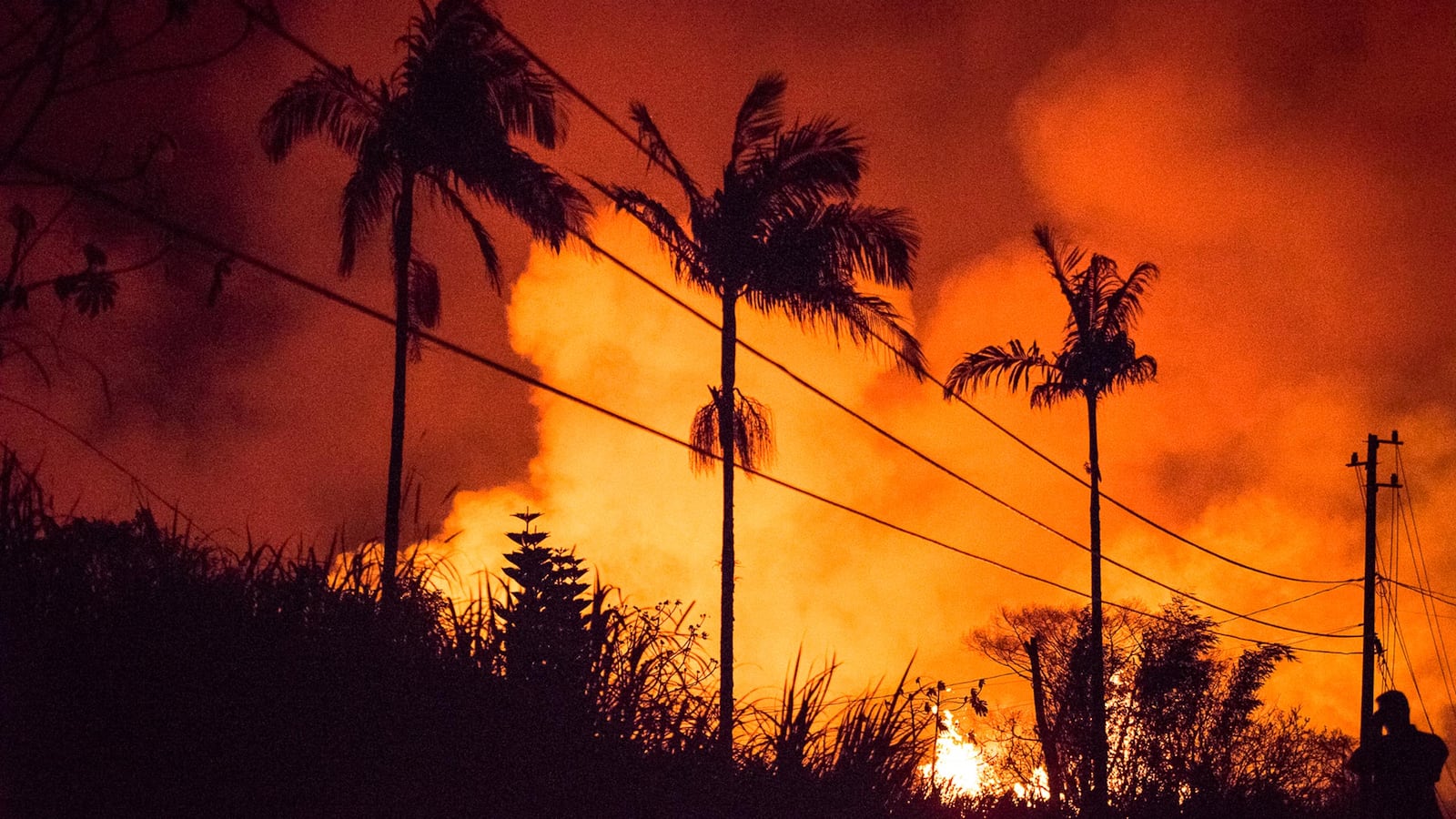ROME—One can only imagine what was going through the mind of the 30-year-old man whose skeletal lower half was just found under a refrigerator-sized rock in Pompeii. He surely knew that Mt. Vesuvius was erupting—the blanket of ash and 12 mile high mushroom cloud should have been a pretty good clue.
But it was 79 A.D. and he would not have had the benefit of social media alerts and multi-dimensional lava flow maps to warn him away. He wouldn’t even have been distracted or slowed down by the temptation to take a selfie.
Instead, archaeologists working on the new Regio V dig in Pompeii say he was quite literally running for his life. "As he desperately attempted to escape the fury of the eruption," they write (our translation), "his chest was crushed by a large block of stone and his body was thrown back by the powerful pyroclastic flow."
There would have been no way then, or even now, to predict exactly what the volcano was going to spew from its crater as death outran those trying to escape. Earlier this month, archeologists found the remains of several horses that were apparently harnessed up to leave the area.
- The discovery of the partial skeleton and animal remains at the new dig site gives archeologists hope they will find many more clues under the ancient ash about how the people in Pompeii lived and died, and precisely how the eruption evolved.
The unlucky man under the massive stone had a bone infection that could have made him limp and slowed him down. But he had actually survived the first stage of the eruption, given the discovery of the layer of ash beneath him. The huge block of stone, perhaps part of one of the buildings, appears to have been hurled through the air by the ferocious volcanic cloud like a leaf in the wind.
Archeologists have been rewriting Pompeii’s history for decades as they make more discoveries. It remains unclear just how many people perished during the various phases of the 79 A.D. eruption, but estimates range from 6,000 to 16,000 in Pompeii and nearby Herculaneum. Another 3,000 died when it erupted again in the 1600s.
Volcanologist Giuseppe Mastrolorenzo, an expert on Vesuvius’s particularities, says many of the victims discovered recently were literally “flash heated” as temperatures topped 550 degrees Fahrenheit. He says many of the bodies were found “in motion” and had “no time to suffocate.”
Bodies found earlier, which were closer to the volcano, were in terrified fetal positions, showing they clearly knew what was happening. Various surges of ash and lava created layers that archaeologists have been whittling away at for more than a century that help them identify the stages of the eruption and, by studying human reactions, whether they had any warning.
Each new discovery in Pompeii helps to further clarify just when and how people died, which serves to close gaps in history and to help scientists better understand volcanic eruption trends that can be used in predicting what happens in similar volcanoes.
All of this becomes extremely relevant in Hawaii, where the Kilauea volcano has been erupting for weeks. Civil protection authorities there already warn that the next phase of eruption could project “refrigerator-sized boulders” the size of the slab that killed the man in Pompeii. Last week, the U.S. Geological Survey issued a warning that “ballistic rocks” could come pelting down from Kilauea with very little warning.
Lava flows from dozens of fissures have created the potential for a catastrophic impact, but the U.S. Geological Survey it will never reach the same magnitude as Vesuvius. According to Popular Science, the magma feeding Kilauea has a less potent chemistry than more explosive volcanoes, which makes it likely gas will escape rather than build up and blast.
“It’s like if you’re blowing bubbles in milk versus blowing bubbles into yogurt,” Volcanologist Erika Rader told Popular Science. "If you blow bubbles into yogurt [Vesuvius, as it were], it’s going to take longer for that gas to be released, and when it releases, it’s going to fling yogurt in your face.” Which is much better than a refrigerator-sized boulder.






